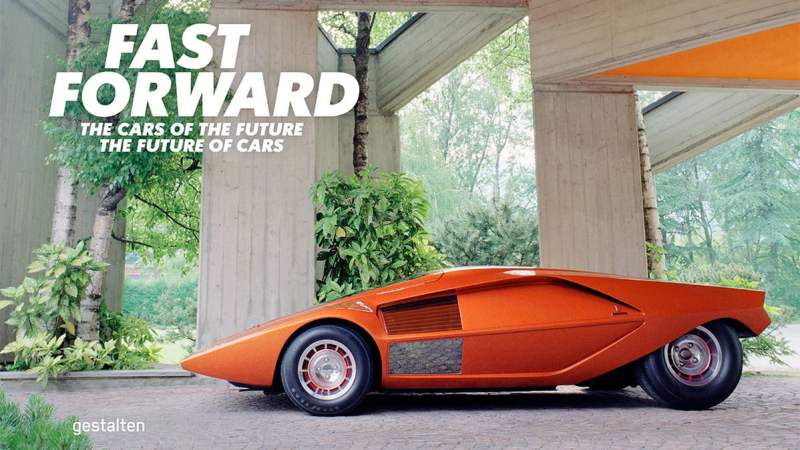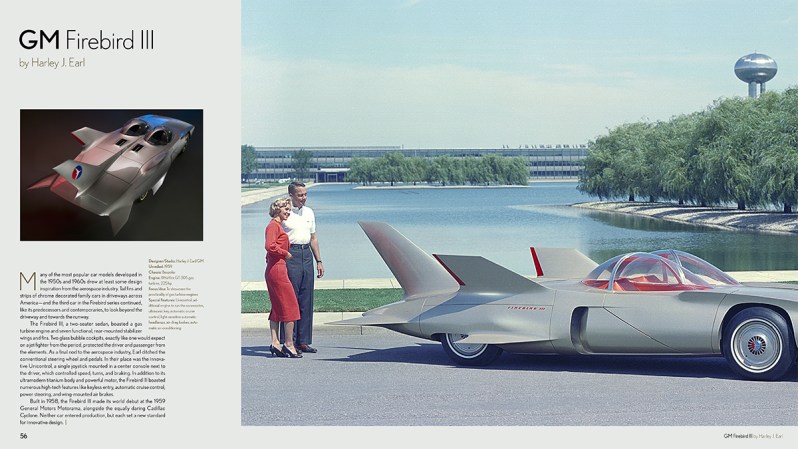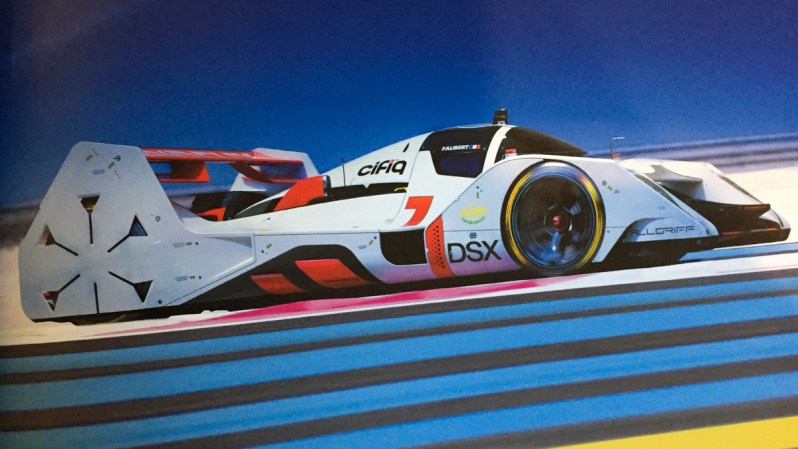
The funny thing about flipping through the pages of Fast Forward is that it’s often hard to tell whether the car you’re looking at was designed last year or in the first half of the last century. Basically, every vehicle in the book looks like either a spaceship, a time machine, or some sort of spaceship/time machine.
Related:
Alright, that’s a slight exaggeration. There are a few cars in this recent release from Berlin’s celebrated publisher Gestalten (we’re fans) that look like actual motor vehicles, and there are indeed plenty that reveal their age thanks to the classic curves of roadsters from the ’40s, the fins that popped up on so many

As with all of the recent coffee table books published by Gestalten, this one can be enjoyed at random, picked up and thumbed through in no particular order. But, unlike many Gestalten

In exploring approximately 80 years of cutting-edge automotive development, Fast Forward shares the stories of many of the industry’s most famous and/or influential designers (Harley J. Earl, father of the Corvette, and Marcello Gandini, visionary behind multiple iconic Lamborghinis, to give but a couple examples). Of course, it also showcases a lot of amazing automobiles. What is striking about so many of the at-a-glance outlandish
Only serious motor heads are going to enjoy reading every single word in this book. I must admit my own eyes glazed and thoughts wandered during some of the bios and articles. But anyone with even a passing appreciation for vehicles and/or for artistic form will love looking at the pictures. And hey, isn’t that what coffee table




